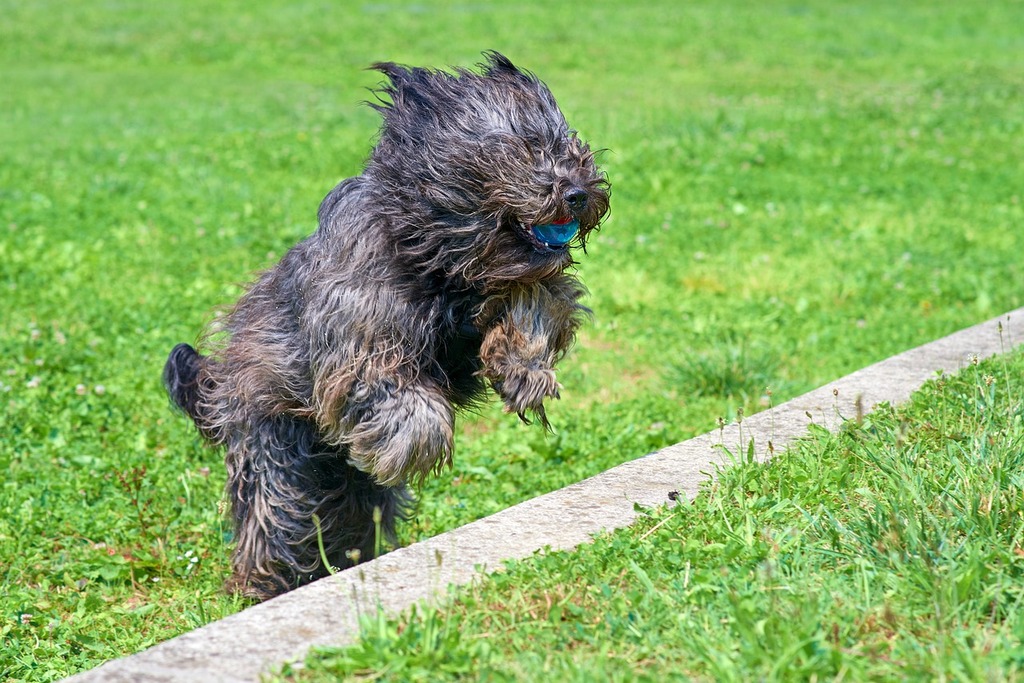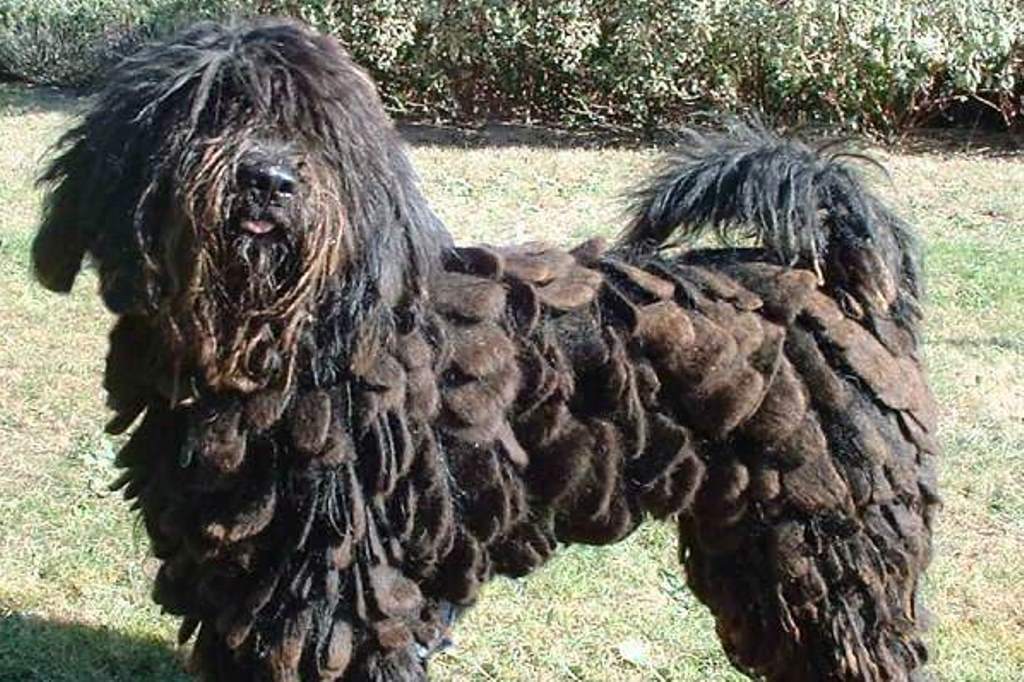
Key Traits of the Bergamasco Shepherd Dog Breed
The bergamasco shepherd dog breed, as its name implies, is a breed found mainly in the area around Bergamo, and since ancient times, breeders in northern Italy have used it as a guardian and driver of flocks and herds when travelling between the Po Valley and the Alpine border farms.
But its history comes from much further afield in both time and distance. In fact, it is thought that its ancestors arrived in Italy following nomadic peoples and their flocks from the East and even came from the ancient Tibetan shepherds.
It is as far back as 1300 that we have evidence of the use of this dog as a handler of the typical Bergamasque sheep. And for the next few centuries, this breed had a good increase thanks to the expansion of sheep farms. However, when sheep-farming began to decline, this breed experienced a real crisis.
It even came close to extinction during the two world wars. The first selective intervention was carried out by Marquis Paolo Cornaggia around 1890. At that time, it was still called a mountain dog. In the mid-1900s, the bergamasco shepherd amateur society was founded, and after a few years, the official standard was also issued.
Nowadays, this dog is very popular as a companion dog, guard dog, used in pet-therapy and mountain rescue. Beyond Italy, it is not a particularly well-known specimen.
Character of the bergamasco shepherd dog breed

The bergamasco shepherd is a very well-balanced dog, with an aptitude for command, but with a lot of patience. In fact, it is obedient and loyal but also knows how to make important decisions independently. He is an excellent companion dog, very affectionate without being possessive, and loves to be in contact with his family and especially with children, whom he considers to be puppies or in any case subjects to be defended.
He is an excellent guardian of the house, but never becomes dangerous unless there is danger; then he does not give himself away if he perceives the presence of an intruder or an enemy and has the ability to attack even violently the aggressor, whether it be people or animals invading his property.
In short, this is a very diligent and friendly dog, also capable of performing responsible tasks. In fact, in addition to being a good guard dog, it also has great capabilities as a search dog. It is endowed with a formidable sense of smell, which is why it has had some success as a police dog.
Its greatest aspiration, however, remains to be part of a group; in fact, what it requires more than space is to be with its family. It is in fact a sociable breed with everyone and is particularly patient and gentle with those it considers the weakest in the pack, i.e. the elderly and children. He does not like to be alone for long, he always needs to interact with his pack.
It is an easily trainable dog because it is very intelligent, but it must be socialised from an early age to avoid problems with fellow dogs, although it tends to get along well with other animals. It still needs daily exercise.
Appearance of the bergamasco shepherd dog breed

The bergamasco shepherd is a medium to large dog, on average a male measures around 60 centimetres at the withers and weighs between 32 and 38 kilograms. It looks like a much larger dog because of its coat, which is very thick, long and distinctive. It is, however, a well-proportioned breed, the trunk is square, the legs are sturdy, the tail large and strong at the base, gradually tapering towards the tip, the gait is loose and suitable for long distances.
As is typical of shepherd dogs, the eyebrows are very thick and the beard thick. The length of the muzzle equals that of the skull, which is slightly wide and convex between the ears. The eyes are large and brown in various shades, slightly oval in shape. The ears are triangular in shape, set high and with the two terminal thirds drooping. The truffle is large and black.
But its main characteristic and what gives it a rather funny and sympathetic air is its coat. This rustic-looking dog has abundant goat hair that covers the entire body including the eyes. The coat is very abundant, long and diverse. In fact, it is goaty on the front half of the trunk, woolly on the remaining half, less rough on the head. It also has a very thick undercoat that protects it from the cold.
This breed does not moult seasonally but its coat grows with age, forming ringlets called taccules that are impervious to water and weather. The coat is completed between two and three years of age. It is therefore not afraid of the cold and in summer, losing its thick undercoat, it is able to withstand the summer heat on pastures.
The coat colours of this dog are uniform grey or mottled in all shades from very light grey to black even with light fawn tones.
Health and care of the bergamasco shepherd dog breed

The bergamasco shepherd breed is a generally healthy breed that does not cause any particular problems. It is a dog with good disease resistance and rather long-lived, in fact the average life span is around 14 years. It may however suffer from hip and elbow dysplasia. It is a rustic dog and requires very little care from its owner.
Looking at a bergamasco shepherd and seeing the considerable mass of fur makes one fear that it may become a receptacle for bad odours. It may give off a bad odour but only if the dog is confined in confined spaces such as boxes and kennels, if it has the opportunity to run around in the open air it will not give off a bad odour. The ideal for this dog is a large garden where it can run free.
As far as coat care is concerned, this is certainly simpler than expected. The hair of the muzzle and the entire front part must be combed frequently to avoid the formation of felts, and special care must be used for the ano-genital area where organic material can stagnate, which would be a source of unpleasant odours.
The peculiarity of the Bergamasco's hair is that it is formed by ringlets and notches in the back where it should not be combed. It can be washed as needed, letting it dry in the sun without brushing.
As far as feeding is concerned, the Bergamasco has no tendency to put on weight, as long as it gets its daily dose of exercise.






















